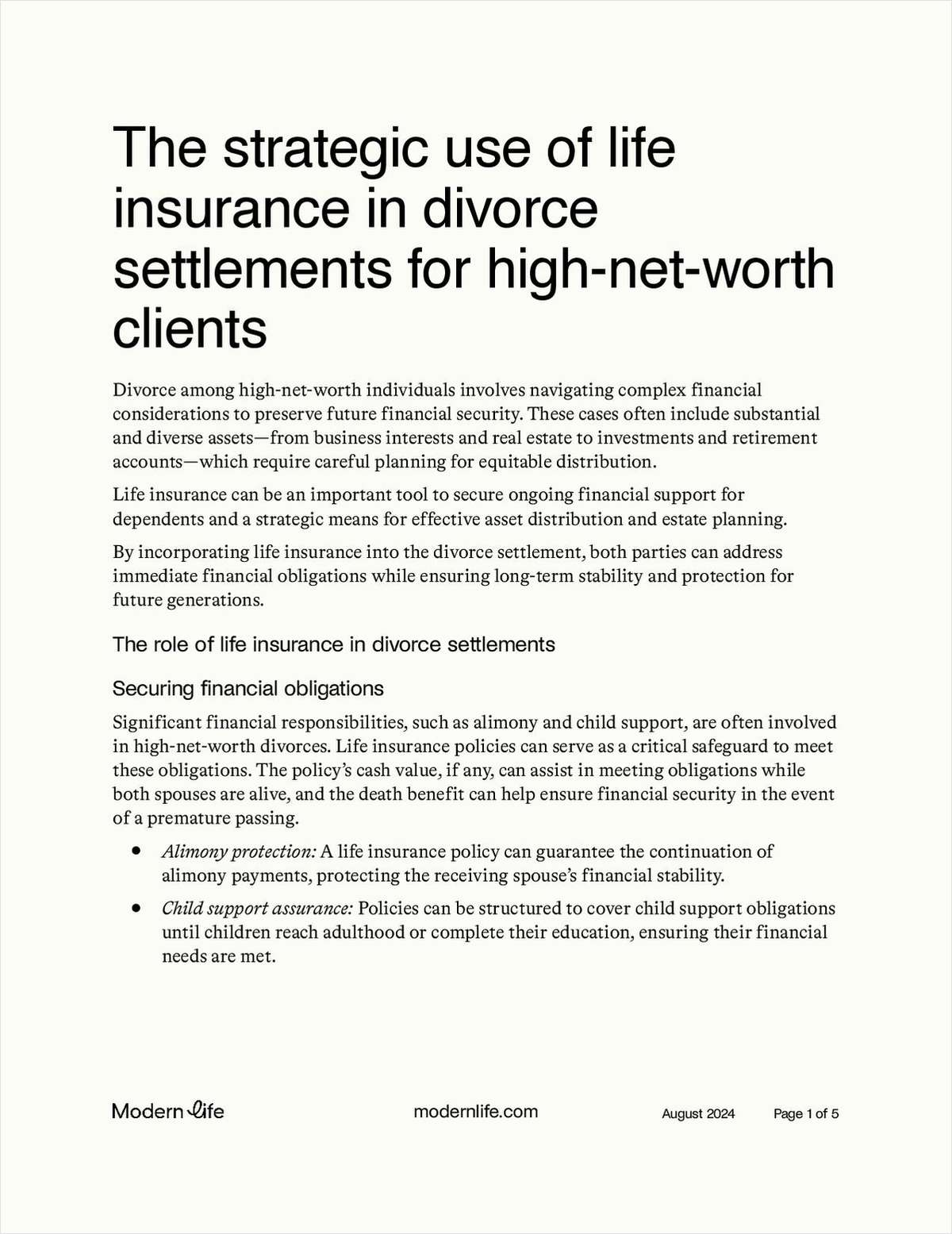A short-term solution for assessing the risk in hybrid securities was adopted by the National Association of Insurance Commissioners even as a work plan for a more comprehensive long-term solution was adopted by the Hybrid Risk-based Capital working group here.
A vote by the NAIC, Kansas City, Mo., to adopt the short-term solution during its winter meeting was unanimous.
The Hybrid RBC working group adopted a work plan with a minor change and intends to continue fine-tuning it. The work plan was developed by the American Academy of Actuaries, which will be studying risk as it relates to hybrid securities.
Earlier in 2006, a short-term solution was reached so that accounting for risk in these securities would be incorporated into risk-based capital calculations for the year. But, regulators were charged with developing a long-term plan that looks at risk.
The Academy plan defines hybrid securities as "those securities whose proceeds are accorded some degree of equity treatment to the issuer by one or more of the nationally recognized statistical rating organizations and/or which are recognized as regulatory capital by the issuer's primary regulatory authority."



